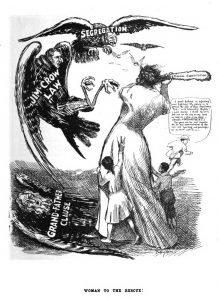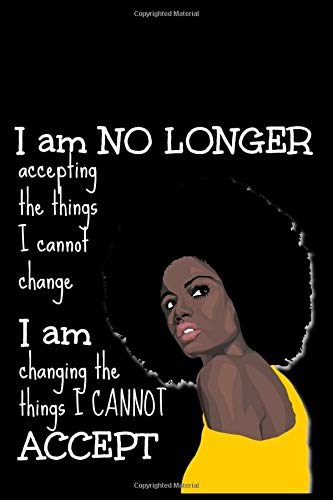It is no secret that trying to move forward in a system that was created to hold you back is analogous to the myth of Sisyphus, trying to move a boulder up a hill and having it roll all the way back down for you to have to start all over again. This is what it feels like to be a woman of color in white America. The snapshot that Maram Nahshal posted depicts this perfectly; it feels as though you are being locked in a cage by another person and being stripped of every right and freedom even though you are the same as the oppressor.
Peggy McIntosh points out some of the ways in which individuals who aren’t of the white race are oppressed and discriminated against in her article “White Privilege: Unpacking the Invisible Knapsack,” highlighting that those who are fortunate enough to be white “can be sure that if I need legal or medical help, my race will not work against me,” or “I can easily buy posters, postcards, picture books, greeting cards, dolls, toys, and children’s magazines featuring people of my race.” At first, this may not be something that those who don’t suffer in these circumstances think exist, but they are things that the oppressed see in their day to day lives. Imagine not being able to see any representation of yourself or your race anywhere you went and feeling isolated in the society you live in, the society you grew up in. Certain individuals can’t even receive proper medical assistance such as black women who have a higher post-partum death rate because they don’t receive the help they need like their white counterparts. The only way to battle against this oppression is by seeing it for what it is and making it known to the world as some individuals may not even recognize their own privileges or the damage they cause.
The excerpt from Marilyn Frye’s “Oppression” also demonstrates the message I believe Maram Nahshal was trying to convey through her snapshot of how individuals are stripped of their freedoms and aren’t given the voice they deserve. She demonstrates how there will always be a barrier or impasse to a woman’s decision and autonomy towards her own life in a system that was created to only benefit men. Men are even so praised in society that any small gesture is seen as chivalry or gallantness when they really have no practical meaning to them. Gestures like opening doors for women is infantilizing because in some way it emphasizes the idea of how women can’t do anything for themselves and need a man there to help them make it through the day. Frye even goes so far as to make the analogy that this gesture imitates the behavior of servants toward masters which mocks women since the role of the “servant” is mainly assigned to women who are expected to tend to their husband’s every need. As s society, we need to take these myopic viewpoints out of society and see things in their bigger picture, as a whole and as it is, a façade for oppression.




